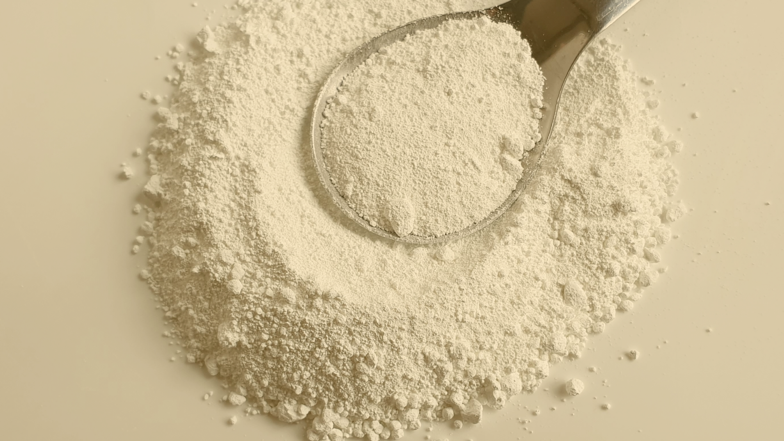The European Court of Justice has overturned the EU’s 2020 classification of titanium dioxide in certain powdered forms as a suspected carcinogen when inhaled. The ruling confirms an earlier decision by the General Court, which considered that European authorities had made a “manifest error” in their assessment. This verdict is a victory for industrial lobby groups who have resisted the classification and a setback for public health.

This is an undeniable victory for the powerful industrial lobbies that have put significant pressure on the European authorities throughout the classification process and refused to provide authorities with adequate information on the nanoforms of the substance.International Senior Campaigns Strategist
Industry Challenge Succeeds Despite Scientific Evidence
The legal battle originated when multiple industry groups challenged the classification adopted by the European Commission in 2020 under the EU Regulation on the Classification, Labelling and Packaging of chemicals (CLP). The classification was based on a scientific opinion from the European Chemicals Agency (ECHA), which considered that the available scientific evidence indicated that the inhalation of certain forms of titanium dioxide particles could pose cancer risks to humans.
For foodwatch, the court's final judgment is contradictory and could invite further legal challenges of hazard classifications by industry lobby groups in the future. While the ruling acknowledges that the General Court exceeded its legal competences by questioning the scientific methodology behind ECHA's decision, it nevertheless upholds the annulment of the safety classification.
In February 2025, the Court's own Advocate General had supported the original classification, considering that it was not for the General Court to question ECHA’s scientific approach and that there was no manifest error of assessment in the way the agency reviewed and weighed the scientific evidence.
Broader Implications for Chemical Safety
The ruling could establish a dangerous precedent for future legal battles on chemicals’ safety classifications, potentially emboldening industry challenges towards regulators’ decisions following complex assessments. In the case of titanium dioxide, industry groups refused for years to provide ECHA with adequate information on the nanoforms of the substance, which critically hampered their evaluations. One can expect that this situation will happen again in the future, especially for nano-substances.
Consumer advocates warn that this may compromise the EU's ability to protect public health from hazardous substances. The CLP Regulation serves as a cornerstone of consumers and workers protection. Its classifications lead to harmonised labelling and packaging throughout the value-chain and they can inform restrictions in sectoral regulations (e.g. cosmetics, toys...).
Titanium dioxide remains banned for use in food additives
While the judgment concerns the hazard classification of the substance and its labelling and packaging throughout the value chain, it does not affect the existing bans on the use of titanium dioxide in food additives. The additive, known as E171, was banned across the EU in 2022 following a risk assessment by the European Food Safety Authority (EFSA), which concluded that its safety could not be guaranteed, including due to the impossibility to rule out the risk of genotoxicity.
The Court ruling on the carcinogenicity of Titanium Dioxide serves as a stark reminder that the battle between industry interests and public health protection remains far from resolved in European chemical regulation.
Sources and further information
- EUCJ Press release: The Court of Justice upholds the annulment of the classification of titanium dioxide in certain powder forms as a carcinogenic substance
- EUCJ Court ruling: CURIA - Documents
- Advocate general opinion: CURIA - Documents
- Corporate Europe Observatory: Lobby “deluge” on titanium dioxide, while labelling is postponed
- VeilleNanos: Titanium dioxide (TiO2) nanoparticles - Risks associated with titanium dioxide nanoparticles
